There exists the ancient, historical China of years past, the elaborate and extensive China we think with our mind’s eye, the rustic and rural China we expect to see when we first visit, and the modern and mechanized China we actually experience; and then there is Shanghai — so different from the rest of China that it can scarcely be said to be China at all — a city that has fully embraced the influx of Western influence, where Capitalism reigns supreme over the supposedly Communist tendencies of the country, where flash, style, and status are the currency of choice, and where one’s eye can’t help but be drawn towards the sky amidst a forest of towering Skyscrapers.
Shanghai’s fortuitous location at the mouth of the Yangze River Delta, lying approximately at the mid-point along’s China’s coastline, was a boon to the city’s economic and and political power over the last few centuries, allowing it to grow and expand as an internatinoal trading hub and becoming one of the most signifcant financial and commercial centers of the entire Asia Pacific region. This link to the world at large, as well as the constant stream of revenue resulting from the commerical activity, has allowed the city to evolve into the masterful showpiece that it currently is, a symbol for the country as to what type of world they can be in the future.
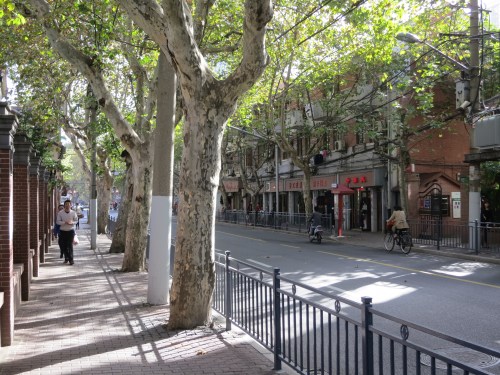
The tree-lined streets of the French Concession, an area of town known for its shopping boutiques, European-style cafes, and fine dining restaurants

The cramped and cosy streets of the Tianzifang neighborhood, a favorite for afternoon strolls amongst visitors to the city
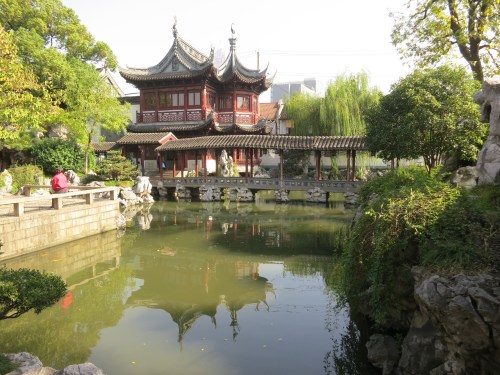
A scene from within the Yuyuan Gardens, and excellent example of the the garden style favored during the Ming Dynasty
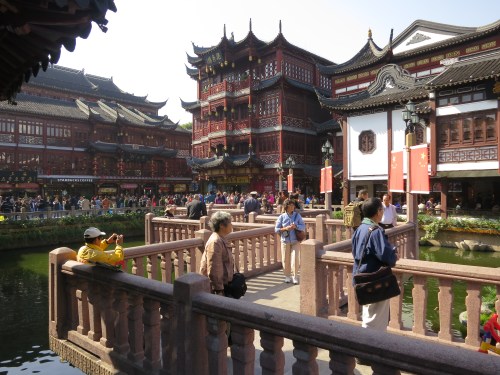
The zigzagging bridge leading to the Huxinting Tea House, possibly China’s most famous tea house (read: it has been overwhelmed by tourists)
The best place to glimpse the economic and political potential that China wields is along the high-profile stretch of waterfront known as The Bund, with the commerically active East Nanjing Road nearby coming in as a close runner-up. The Bund itself, formerly a swampy patch of coastline, is now a stretch of neo-classical and art deco architecture that was transformed into a center of power as the city grew and continued to expand, with all of the most influential banks and trading houses taking up locations along its promenade. Today, it is filled with more tourists than traders, but it is still one of the best places in the city for a riverside stroll, not to mention the fact that it offers the best view of the towering Pudong neighborhood across the harbor:
When wandering around the streets of Shanghai, one’s eye can’t help but be drawn along the elegant glass and metal curves of the city’s buildings and upwards towards the sky. In fact, Shanghai hosts more free standing buildings over 400 meters tall than any other city in the world (including New York). The heart of the skyscraper forest is undoubtedly that of Pudong (the view across the bay from above), and although this office-space heavy area of town doesn’t offer much appeal other than the towers, the towers themselves are enough to warrant a trip across the water:
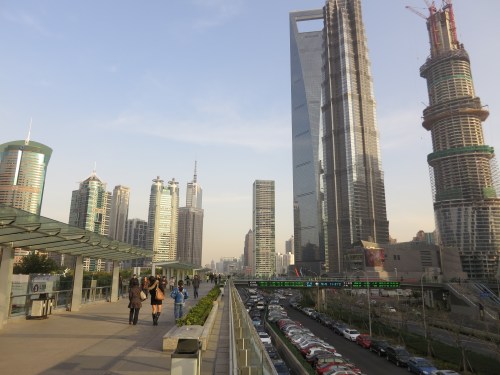
The Pudong section of town, across the harbor to the East of the heart of Shanghai, is the skyscraper center of the city. In this photo, you can see the prominent World Financial Tower (the one that looks like a bottle opener), the Jinmao Tower (just to the right), and the as yet unfinished Shanghai Tower (at the right edge), which will be the tallest buidling in China
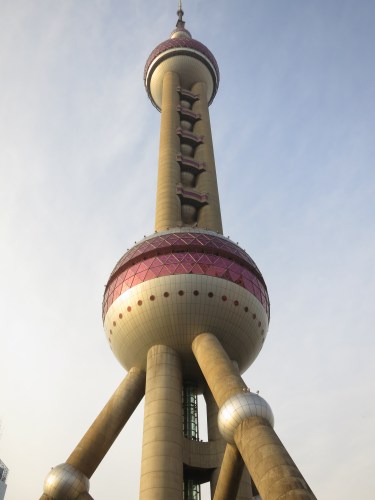
The most distinctive amongst the lot, however, is that of the Oriental Pearl Tower, and the one which I chose to ascend for a bird’s eye view of the city
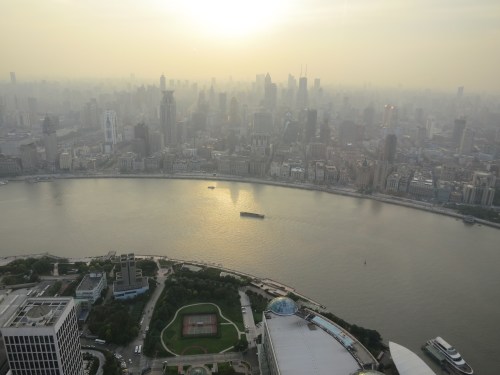
This is about as close to a sunset as one can hope for in Shanghai due to the haze and pollution that seems endemic to all of China’s mega-cities

A photo like this begs the question, “Just how do you pull of a tricky shot like this?” Did I opt for a freefall, do I have really long arms, or am I just that good of a photographer?

Actually, the secret is the glass floor of the observatory, making for an acrophobiac’s nightmare (though it is fun to watch them inch their way out here, only to run back to the safety of the elevator)
When it comes to eating in Shanghai, the restaurant scene is as diverse as the folks walking the streets due to the many cultural influences that have made their way here over the years. Whether it be from the confines of a fine-dining establishment or the simply ambiance of a cart on a nearby streetcorner, the cuisine runs the global gamut here, with virtually any option available somewhere in the city. When looking for something specific to Shanghai, however, you need not look any further than that of Xiaolongbao, better known as soup dumplings.
These small packets are expertly crafted to sufficiently contain within their chewy wonton-like exteriors a bubbling-hot mouthful of soupy liquid. It isn’t unusual to hear small gasps of pain emerging from a xiaolongbao joint as diners try their best to pop these into their mouths without burning themselves (pro trick: it is impossible. You WILL burn yourself). In theory, you could poke a hole in the dumpling and allow the soup to drain out first, but that seems like it is defeating the purpose to me; though a small break in the top, allowing the steam to escape, does seem to be the most sensible comprimise:

It takes a skilled hand to create these small packets that actually contain a liquid, not just a solid ingredient as is the norm across the rest of China
Taking the soup dumpling trend to another level, a few restaurants have been offering a fried version of the xiaolongbao, as opposed to the traditional version steamed in a bamboo steamer. Whereas I was able to match wits with the steamed version without much difficulty, the fried version turned out to be a different story altogether…
To sample the fried version of the soup dumplings for the first time, I chose to check out a busy placed called Yang’s that has one of the best reputations in the city, evidenced by the constant line snaking out on to the street. After waiting my turn, placing my order, and receiving my plate of searing hot, fried dumplings, I was quickly ushered to a busy dining room and shown to single seat at a four-top table, where I was also joined by a young Chinese couple eating arm in arm (how cute!). My attention, though, quickly turned to the plate of bliss in front of me.
At this point, one might first ask themselves, “What exactly is the proper method for eating these dumplings of joy?” Well, being the food aficionado that I am, and given that I had already eaten the steamed version several times over the previous few days, I knew that I was perfectly aware of the pitfalls and perils that one could encounter — these couldn’t possibly present any challenge. So after picking up my first ball of dough, I started to bring it to my mouth. Just before I popped it in, the thought crossed my mind, “Wow, these are a lot bigger than the steamed version. Maybe I shouldn’t eat these in one bite.” It was too late, however, as anyone who has tried to eat a slippery dumpling with plastic chopsticks will know: any hesitation will surely lead to it falling from its precarious perch and splashing down into the bowl of vinegar and chili flake nestled just below. So into my mouth it went. Instantly I realized the extent of my overconfidence. At this point, I looked up to find myself sitting in a crowded dumpling joint while the cute couple across from me, the waitresses, the line snaking out the door, and virtually other patron in the restaurant stared directly at me, my mouth too full to chew, my face turning bright red from the embarrassment, and tears beginning to well in my eyes as the delicate form of the dumpling gave way, allowing the near molten lava inside to spill out, scalding every exposed bit of skin inside my mouth, and rendering my taste buds useless for the remainder of the meal.
It’s all okay, Andrew. You can get through this. After struggling mightily against the abominable bite of savory goodness for a good several minutes, I finally choked it all down. Okay, on to the second dumpling. This time, I knew better: this is a multiple bite operation. Again, I’d eaten the steamed version before. This can’t be that much different, can it? So I carefully picked up the dumpling, briefly peeked up to check how many people were watching me (ALL of them, in fact), and bit down. Two emotions washed over me instantaneously: first, there was joy that I didn’t feel any searing hot liquid spurt forth and further melt what remained of the skin on my tongue; and second, the shock and horror as I realized that the brittle, paper-like skin of the fried dumpling (as opposed to the pliable and resilient skin of the steamed version) had given way, allowing a torrent of slick, oily, viscous liquid flecked with bits of meat to burst forth from the other side, instantly soaking my shirt, jacket, and only pair of pants. Awesome. The sheer volume of liquid was impressive, vastly more than could simply fit in a small dumpling, too. What type of sorcery was I up against? The rest of the meal was a blur, as I didn’t dare make eye contact with anyone, look around the room, or even get up to grab napkins (not that they would have done any good now that the damage was done) for fear of drawing additional attention to myself. The walk home — which was a straight, 20-minute shot down the single busiest pedestrian street in all of Shanghai, incidentally – was a combination of shame, embarrassment, and disgust, as the folly of my overconfidence could be clearly read with only the briefest of glances in my direction from any of the thousands of passersby.
In the end though, the dumplings were freakishly good no matter how I looked at it. I would have been pleased not to have ruined several articles of clothing, but that is just the price one has to pay for some good eats on the road:
Dumplings aren’t the only tasty delight to be found around the city of Shanghai. Here are a few other local dishes that I sampled while in town:
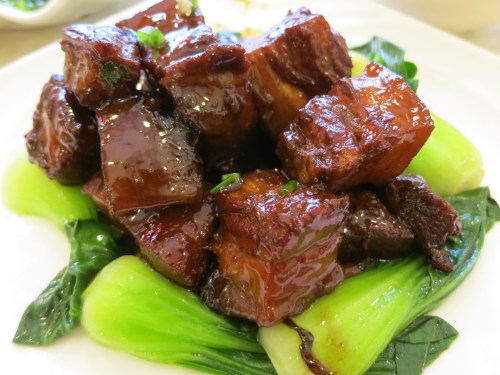
Hongshao Rou – pork belly cubes braised in soy sauce (and sometimes with a bit of cuttlefish added to help soften the flavor)
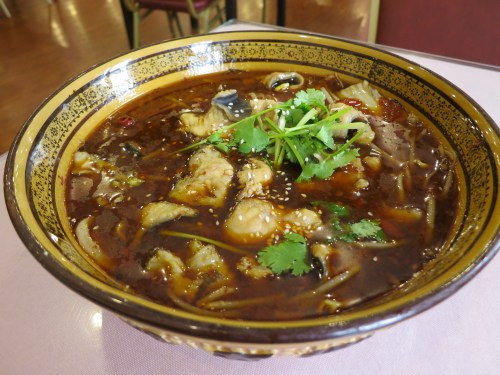
Water-Boiled Fish in Chili – Chunks of catfish cooked and served in a vat of chili oil, with additional chiles thrown in for good measure (somehow, I think the Sichuan influence made it far enough East to help influence this dish)
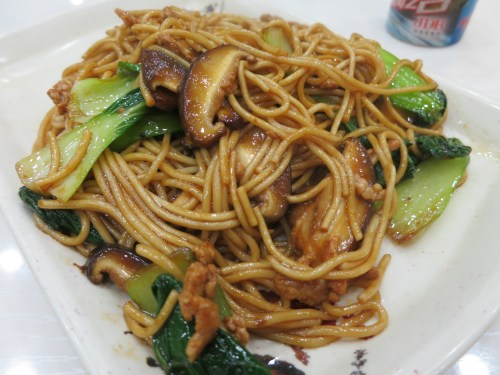
Shanghai Style Fried Noodles, cooked using Shanghai cumian, a thickly cut pasta, and copious amounts of soy sauce
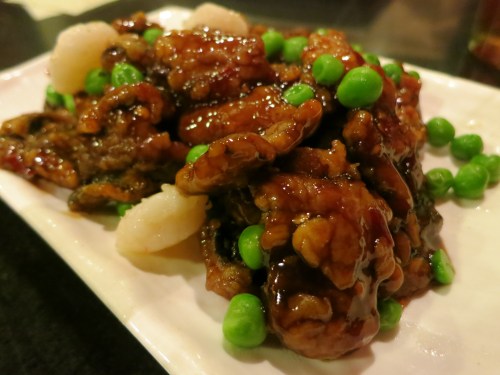
Given the easy access to water, it’s no surprise that seafood is prominent within Shanghai cuisine. In this case, this is Sweet and Sour Fried River Eel
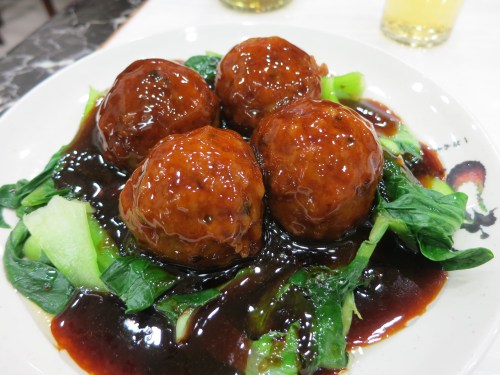
I have no idea why the city has opted to serve massive meat balls (known as Lion’s Head Meatballs) but I won’t complain, as they are a meal in themselves

I’ll leave you with one last veggie dish native to the city: Dry-fried Green Beans with a liberal amount of dried chiles added
I haven’t mentioned it much in the last few weeks, but I’ve recently been grappling with the two-headed monster that is travel burn-out again. It seems that every 3-4 months on the road, it rears its ugly head and informs me that I’m in need of a break. As such, I’m electing to unfortunately cut my China trip a bit shorter than I had anticipated (Shanghai will be my last stop in China) and am accelerating the remainder of my itinerary before heading home for the holiday season. I’ve still got two stops left while I’m in this part of the world, however, with Taiwan up next and Hong Kong on deck. So goodbye from China, and I’ll be checking back in from Taipei in a few days!

 November 18, 2012
November 18, 2012 
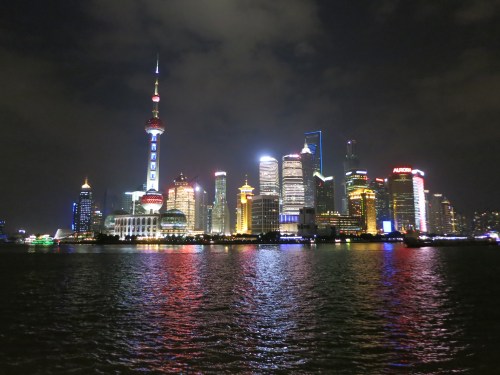
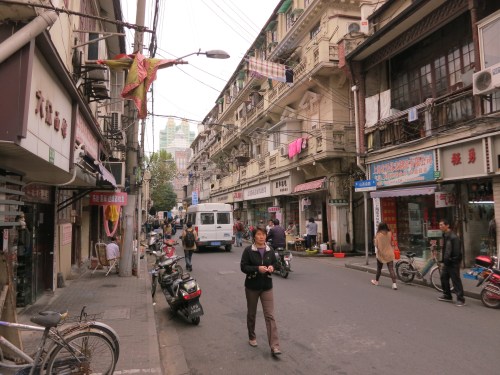
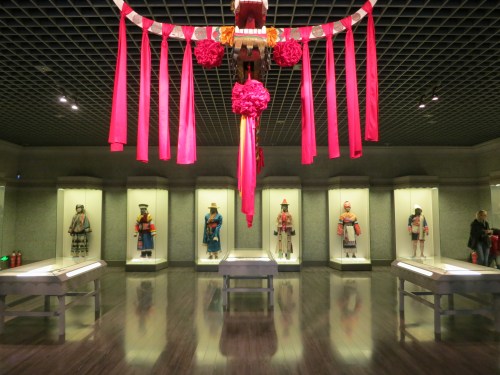
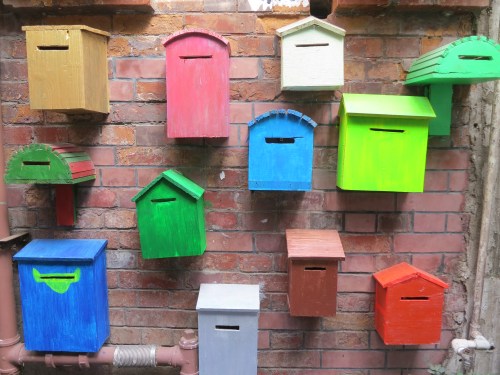
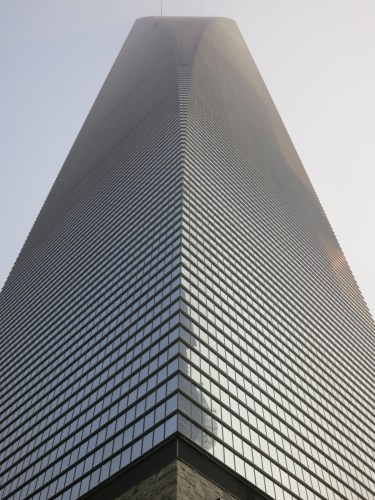
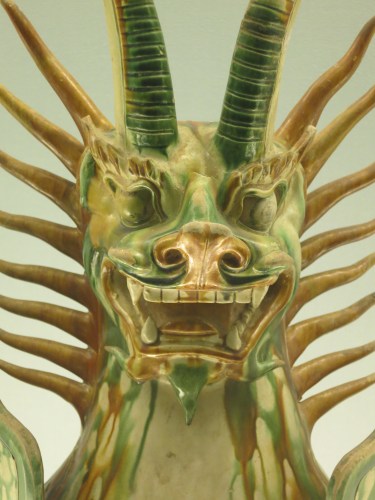
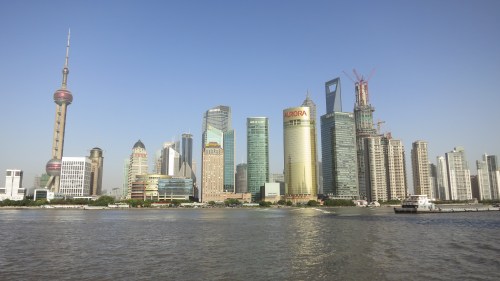
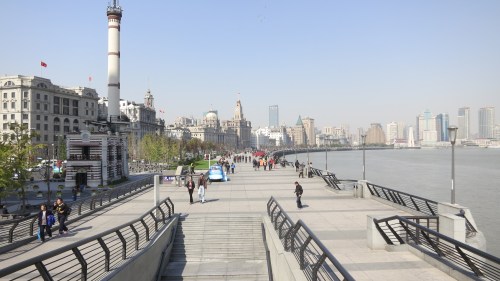
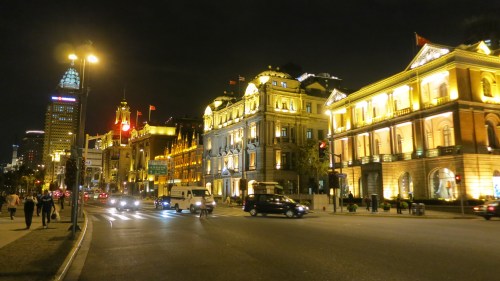
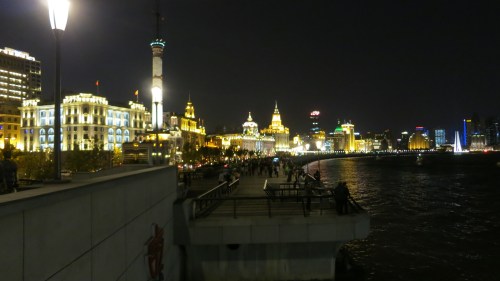
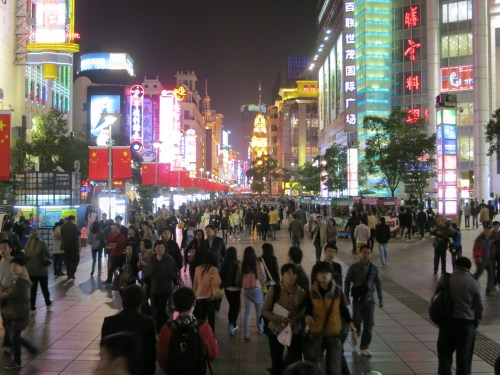
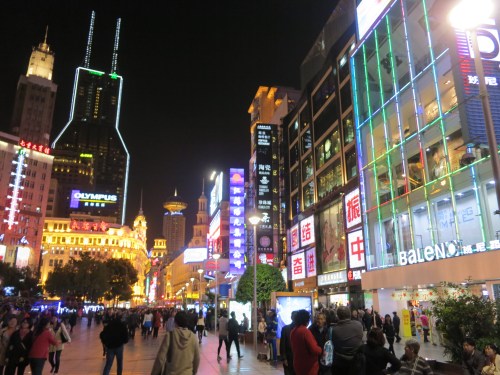
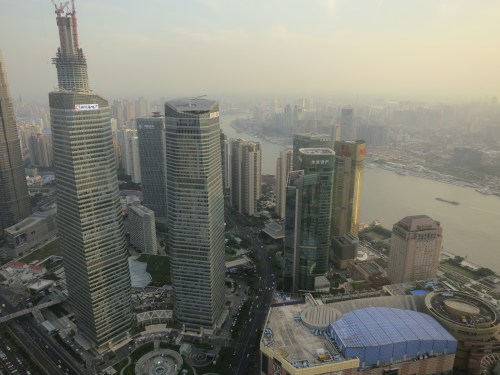
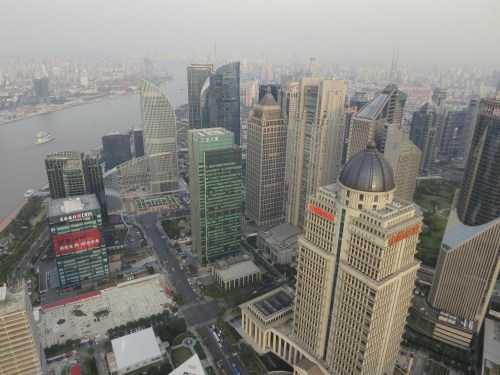
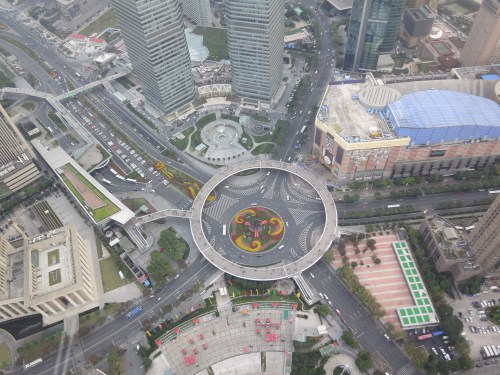
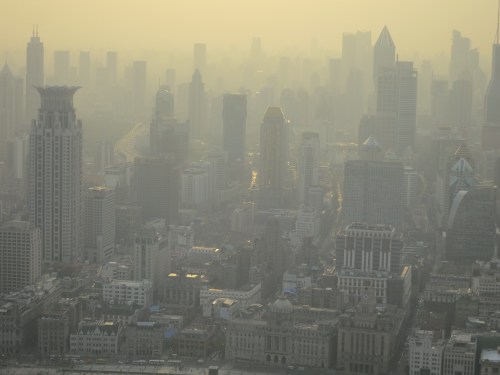
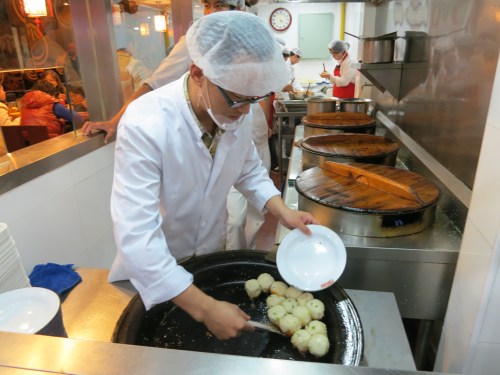
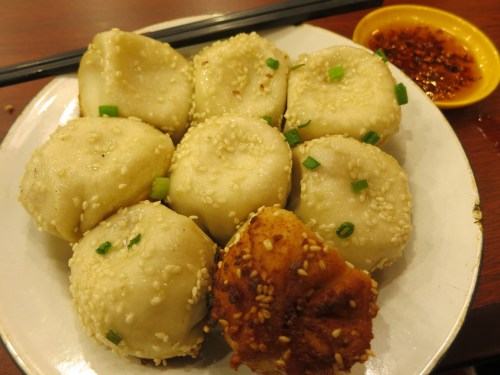
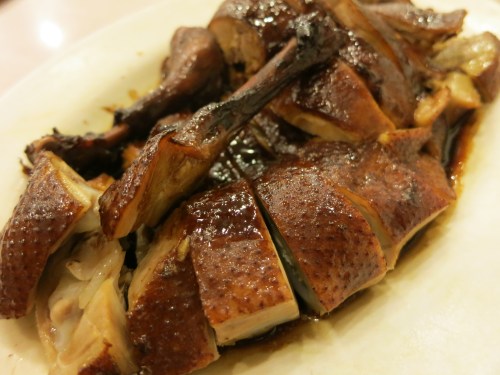
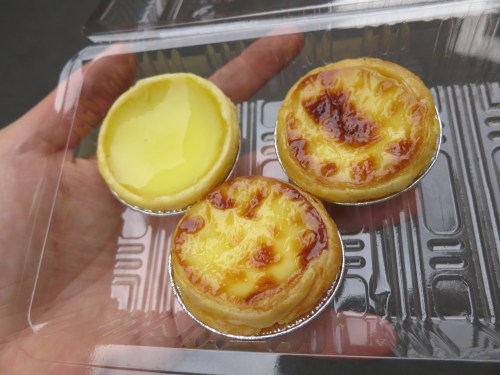

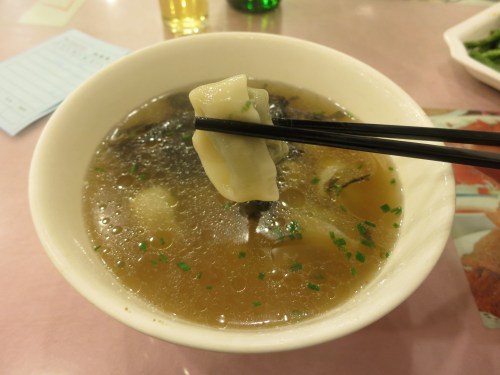


Wonderful post, really made me miss Shanghai. I love all the tall buildings on Pu Dong and can’t wait to go up the Shanghai Tower when it’s done.
Was very amused at your account of eating the fried dumplings – I too learnt the hard way but they are good. And Hongshao Rou, was never keen on it because of all the fat but did try it once and had to concede that it was very tasty.
Definitely want to fit in a trip to Shanghai next year if I can.
The Hongshao Rou was definitely more fat than meat, but that’s what makes it taste good, right? Ha ha.
Great, hilarious account of eating fried dumplings. Thanks for the warning in case I get the opportunity to try it some day. I loved the photo of the colored mailboxes, a great adaptation for receiving mail which contrasts with the Central American solution of painting houses all different colors.
Whereas painting the houses different colors may not be the best method for mail delivery, it probably does, however, creat a few beautiful scenes just asking to be photographed!
This was my favorite food post to date. I would love to eat anyone of these dishes with the exception of the egg plant. Not my favorite. I have cooked chinese dishes for years that resemble some of these-the dry fried green beans (with pork) and Shu Mai (shrimp steamed dumplings.) Come home and cook some of these things for us.
Lynn (and Marty)
The food in Shanghai was very good, and closer to what we normally think of as “Chinese Food” than what I’ve seen in other cities. And I’d love to try my hand at cooking some of these, although I’m not quite sure I’ve got the skills to master the soup dumplings just yet!
And I really like the way they serve things up on what looks like to me baby bok choy. I intend to try that as i love to stir fry baby bok choy.
Lynn
I was thrilled to see your photos of the Bund. Not only did the travelers on a recent The Amazing Race visit the area, but my book club read The Distant Land of My Father, which describes the takeover of the city and the ruin of the Bund. Now, the riverfront looks like a must-see.
Throughout my trip, I’ve often found myself in locations that have been the settings for books I’ve read years before or movies I’ve recently seen, and I can’t help but take a step back and smile! 🙂
YUMMY! I have traveled to a few countries and enjoyed the cuisine from most of them however, I believe I’m missing out. I’m sooo putting China on my list. Thank you
*not sure I would attempt the molten lava dumplings though, I kinda like my taste buds, intact and with skin surrounding them. Just Sayin’
🙂
It is certainly a toss up: enjoying the delicious dumplings or actually being able to taste anything for the next few days! Ha ha.
Great story Andrew – Bama was the one who pointed me to your blog and I’m not sure how I missed it until now!
I chuckled when I read about the difficulties you experienced with both versions of xiaolongbao… I virtually grew up on Shanghainese food and there’s a special technique that you learn to use over time. With your chopsticks, pick up the dumpling and put them on a porcelain spoon, before lifting both utensils to your lips (with the spoon in your left hand). While the dumpling is still on the spoon, hold it steadily with your chopsticks and bite off the topmost part – the trick now is to carefully suck out most of the soup so it doesn’t burn your mouth. Then the real eating begins… note that the dumpling never gets lifted off the spoon!
Perhaps I should have told you all this before you landed in Shanghai… at least now you’ll know how to eat it without burning your mouth and getting it down your shirt!
Oh I forgot to add… before sucking the soup out it’s probably best to blow on the hole a few times!
James,
Thanks for the help in the proper method of eating xiaolongbao — I guess this means I’ll have to make another trip to Shanghai to give it another try, hopefully without any more stains on my shirt!
And I’m pleased, too, to find your blog in return. Having read Bama’s blog, I knew that you two traveled together from time to time, but I guess I hadn’t realized that you had your own blog, too. Now I have something else to keep me busy during those slow days of travel. Thanks again, and I’m looking forward to reading about your adventures!